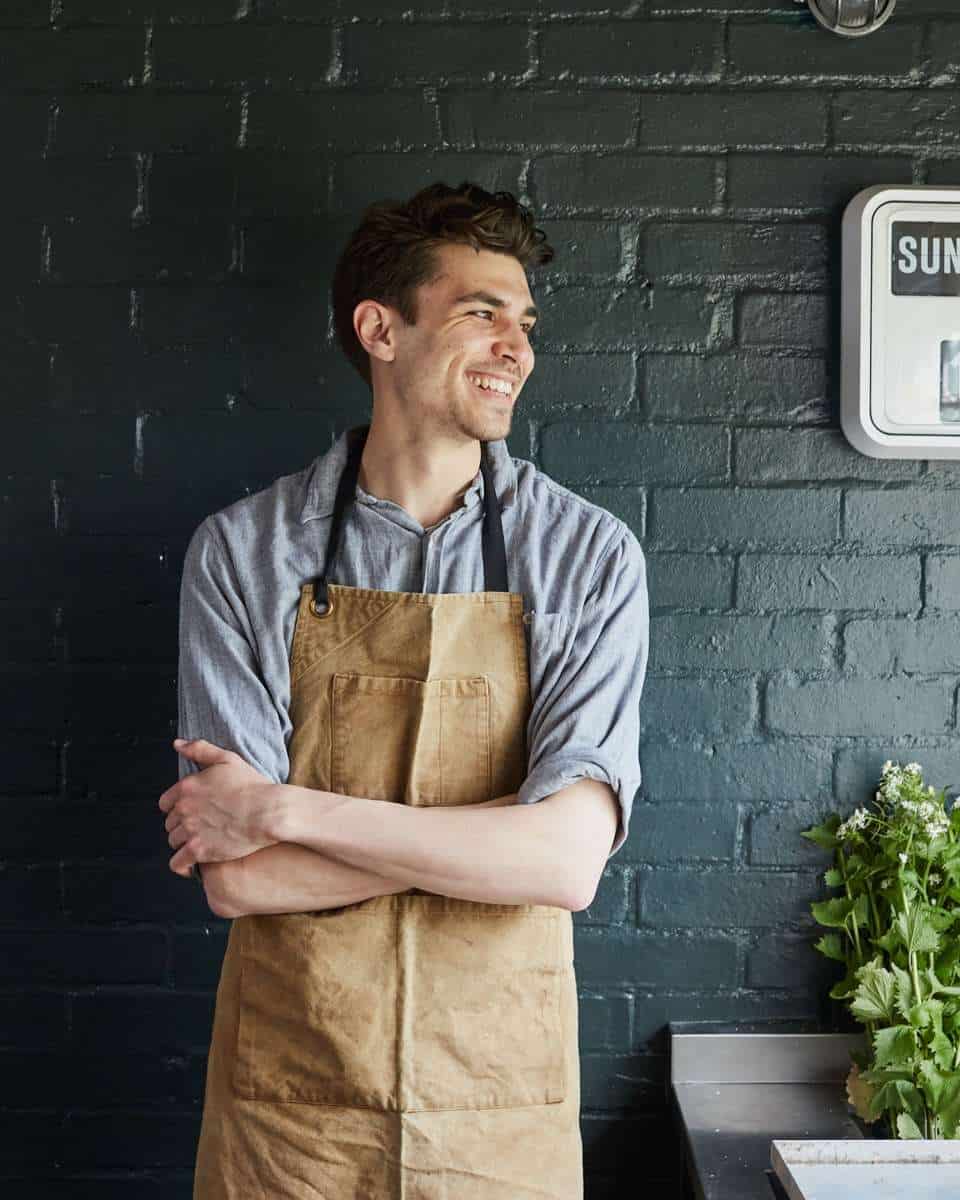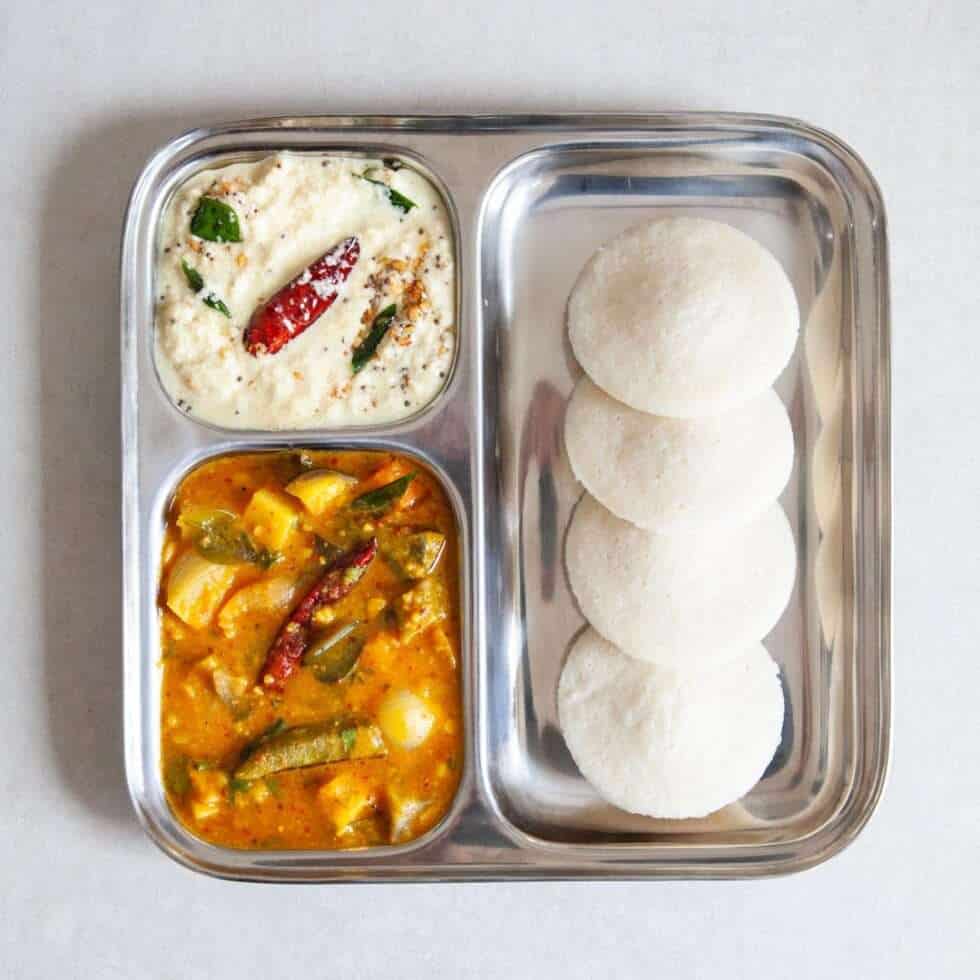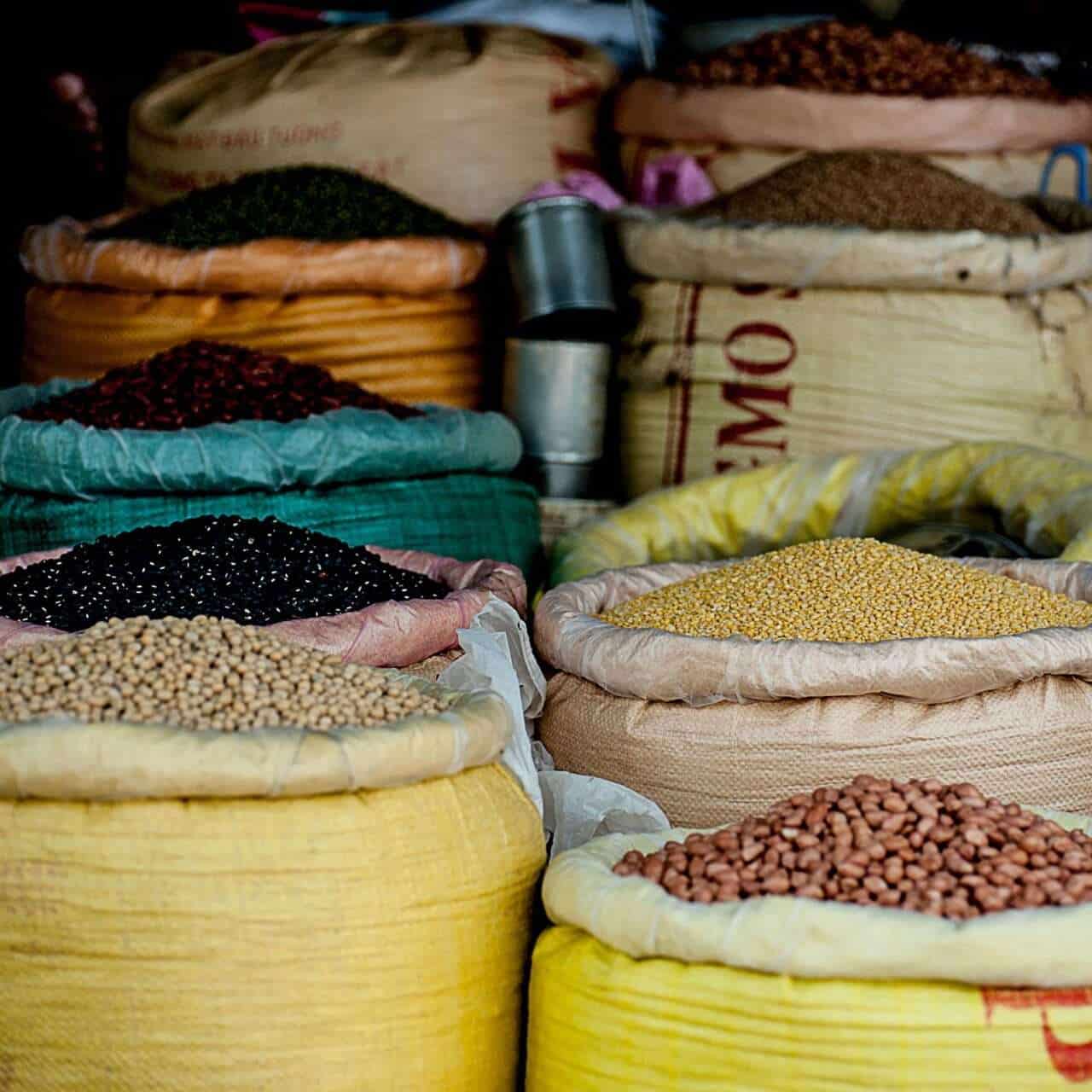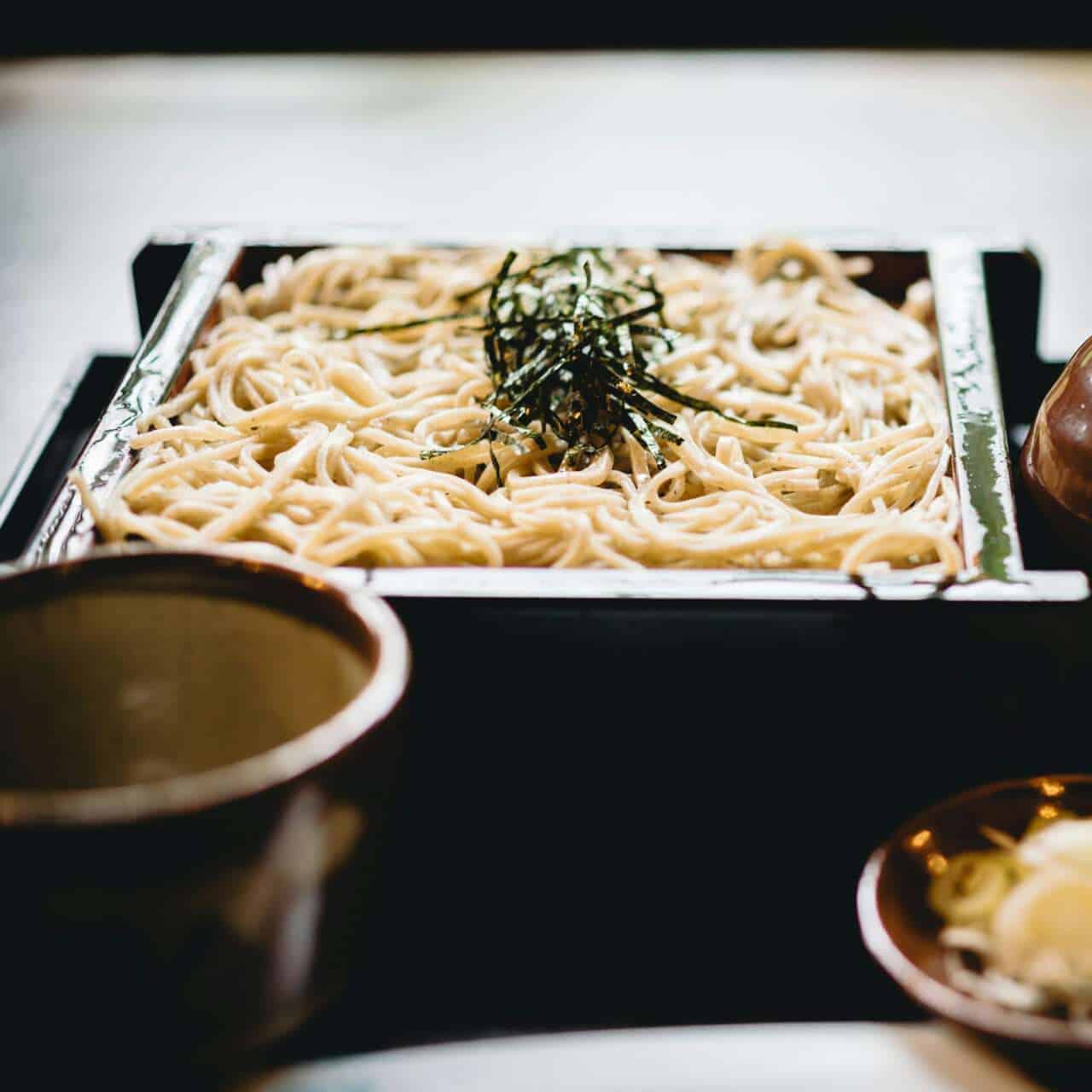A culinary exploration of traditional plant-based food

Photo Credit: Tara Fisher
Who is Hermann?
My passion for food probably started right around the time when I ruined my mom’s Easter dinner on a fine evening in April ‘95. But despite a larger than life appetite ever since, my love for food didn’t really manifest itself in the kitchen until the discovery of a good friend. Hermann. Don’t worry, I am not schizophrenic. So let me explain…
In Germany, Hermann is not only an elegant name, but a ‘Freundschaftskuchen’ (friendship cake). In essence, it is a sweet, yeasted starter dough, which continues to grow over time to a point where you give the natural surplus to your friends to use in a cake. It is basically an edible chain letter. But more importantly, it is the philosophy to pass something on, a cake but also a skill, that might last forever. Fast forward a few years to a cold winter’s day in Amsterdam, when I decided to give sourdough bread baking a go. It is tradition to give a name to your homemade starter, so naturally, it had to be Hermann. The moment I baked my first loaf, something magical happened. The bread looked monstrous, it had no rise, it felt dense and gluey. Yet I was hooked. Bread was suddenly far more than just bread. The humbling experience of baking my own loaf had filled me with a larger curiosity for all of food.
Later, during my final year of film school, I came to the UK to study and film the craft of artisanal cheddar-making, a journey which ultimately defined my interest: In the pursuit of sustainable food, we need to support all of the ecosystems around it. During the COVID pandemic, I shifted my focus from film to food. After hosting online sourdough baking classes under the name Baking Hermann, I assisted Jamie Oliver as a food stylist for over a year and now I film and share my own food content on Instagram, TikTok, Pinterest and YouTube (@bakinghermann). I currently explore traditional vegan food from cultures around the world to learn from the wisdoms that passed the test of time and see how we can apply them to a sustainable plant-based diet.
The Goal
01) Vegan Cultures
There are a great many cultures that have traditional vegan dishes in their culinary repertoire, be it because of religion, poverty, or nature. These dishes are oftentimes in a healthy relationship with their immediate surroundings. My goal is to understand what can we learn from these cultures for a sustainable vegan diet and whether we can apply that mentality to the food we grow at home.


02) Supplying Nature’s Demand
I focus on a natural surplus diet. That means that all the food we eat should have a first purpose of benefiting a cycle of biodiversity. I envision a model by which it is not the consumer, but nature alone, who determines what we serve on our plates.
03) Japanese Buckwheat
An example of a surplus food
Growing wheat sucks nitrogen from the soil. In Japan, centuries of farming have led to the realisation that rather than fertiliser, following wheat with a season of buckwheat restores nitrogen naturally. The result is not only richer, healthier and more biodiverse soil, but also a harvest full of buckwheat…
Driven by necessity, the Japanese turned the buckwheat into flour and then into noodles, ingeniously inventing the Soba Noodle. It is a creation that was driven by nature’s demand for a natural recovery. And from there, it took its very own spot in a food culture. A surplus diet allows us to grow our food in harmony with nature. All we have to do is start and listen.

